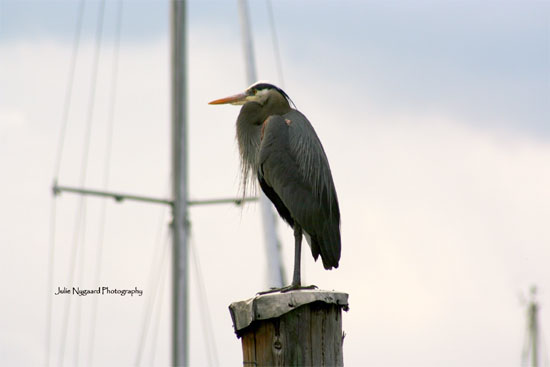Thoughts, Once Uttered
© 2003, 2006 Manuel Erickson
They walked along a trail into the dappled light of the forest, her husband beside her. They shouted at each other, hands and arms gesticulating with each point of their argument. He limped from an old accident and she noticed the scar on his left cheek glowing red. It always grew red with his anger.
“You don’t understand,” he said.
“Yes, I do. You feel I haven’t supported you because I don’t want to move up here while you paint.”
“Right, and your lack of support makes me wish I could run away.”
She let out her breath. “So, run away, if you don’t want to live with me any more.”
He looked at her, his brown eyes welling up.
“Maybe I will,” he said.
“Why here?” she said. “There’s nothing here but trees!”
“Yes. And they’re gorgeous, but you can’t see that. It would be wonderful to live among the animals and trees.”
They penetrated deeper into the forest. Though absorbed in their quarrel, she noticed small animals fleeing across their path and birds taking flight before their loud voices.
She walked ahead, then asked him a question and turned for the answer, but he was no longer with her. He always gets distracted so easily. He’s probably looking at a flower or something. She felt uncomfortable being alone in the forest.
In a trembling voice, she called, “Where are you?” She ran back the way they had come. Perhaps he had fallen because of his leg. She reached the trailhead, then dashed back into the forest, still calling.
Ahead, the bushes rustled. She stopped, breathless and frightened. A handsome bull elk stepped onto the trail, blocking her way. It stood motionless and looked at her, its large brown eyes slowly blinking as it took her in. Its huge rack of antlers grew like trees from the top of its head.
“My god,” she whispered, “you’re beautiful.”
So as not to alarm it, she edged closer. It stood perhaps five feet at the shoulder and stretched seven or eight feet in length. Its coat was mainly brown, with short, narrow, horizontal streaks of black, speckled with flecks of gold, making it sparkle.
Beside it now, overawed, feeling its warmth, hearing its breathing, she felt calm, safe.
She put out her hand to stroke the fur and the elk lowered its head so it was even with hers. She withdrew the hand.
The bull extended the tip of its tongue and licked her cheek, then gently rubbed the side of its head against hers. She gasped and took a step back. She felt at once thrilled that a wild animal would do this, and horrified that she might catch something.
The bull gazed at her. Its eyes welled and a tear dropped to the ground. It backed away, holding her gaze. The left cheek had a scar. She gasped. He turned and limped into the forest.








